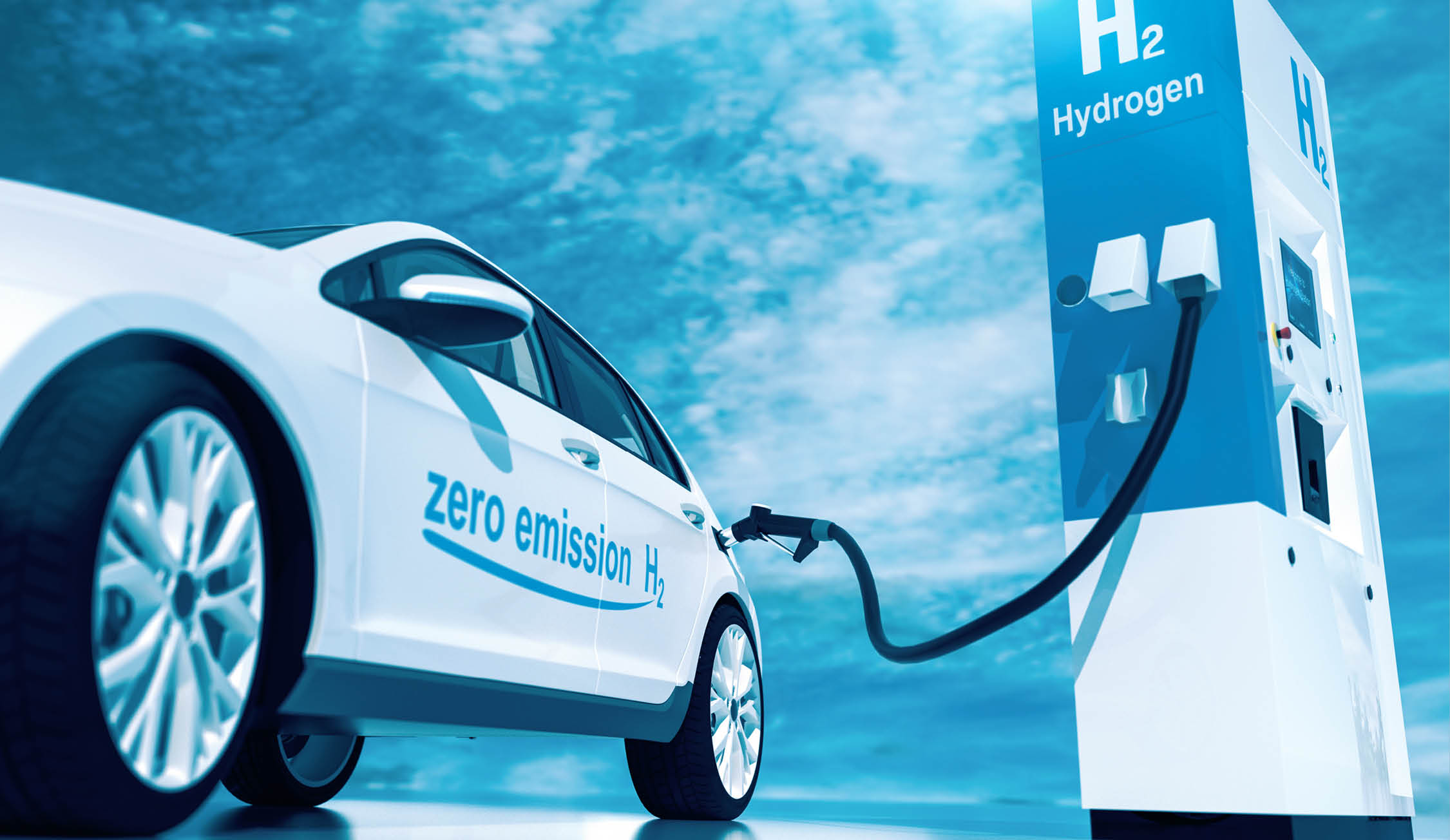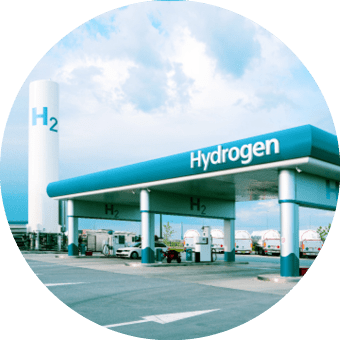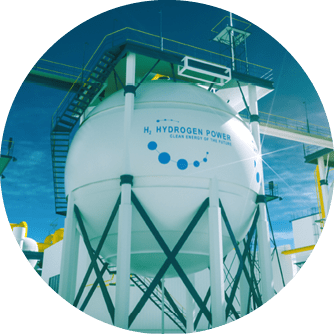








Home
Regulatory requirements for hydrogen energy installations and electrolysers










 The Gas Act 1986 – UK law currently defines hydrogen as “gas” and it is therefore regulated as part of the gas network. Anyone engaging in gas supply, gas shipping or gas transportation, or who participates in the operation of gas interconnectors, or provides smart metering in respect of gas must have a licence to do so under the Gas Act.
The Gas Act 1986 – UK law currently defines hydrogen as “gas” and it is therefore regulated as part of the gas network. Anyone engaging in gas supply, gas shipping or gas transportation, or who participates in the operation of gas interconnectors, or provides smart metering in respect of gas must have a licence to do so under the Gas Act.
 Gas licensees must comply with the following industry codes:
Gas licensees must comply with the following industry codes:
 Gas Safety (Management) Regulations 1996 – covers injection of hydrogen into the gas grid and blending hydrogen into the existing gas networks (currently restricted to 0.1%, with tests underway to increase this to 20%).
Gas Safety (Management) Regulations 1996 – covers injection of hydrogen into the gas grid and blending hydrogen into the existing gas networks (currently restricted to 0.1%, with tests underway to increase this to 20%).
 Planning Act 2008 – covering nationally significant hydrogen infrastructure projects requiring development consent orders.
Planning Act 2008 – covering nationally significant hydrogen infrastructure projects requiring development consent orders.
 Town and Country Planning Act 1990 – covers smaller projects
Town and Country Planning Act 1990 – covers smaller projects
(or pipelines) requiring planning consent.
 Town and Country Planning (Environmental Impact Assessment) Regulations 2017 – covers storage or pipeline transportation of hydrogen requiring an Environmental Impact Assessment.
Town and Country Planning (Environmental Impact Assessment) Regulations 2017 – covers storage or pipeline transportation of hydrogen requiring an Environmental Impact Assessment.
 Gas Safety (Management) Regulations 1996 – covers safety aspects of the flow of gas through the UK gas supply network.
Gas Safety (Management) Regulations 1996 – covers safety aspects of the flow of gas through the UK gas supply network.
 Pipeline Safety Regulations (1996) – covers pipeline integrity
Pipeline Safety Regulations (1996) – covers pipeline integrity
(design, construction, installation, operation, maintenance and decommissioning).
 The Planning (Hazardous Substances) Regulations 2015 and/or the Control of Major Accident Hazards Regulations 2015 (COMAH) – covers safety aspects of the storage of hydrogen.
The Planning (Hazardous Substances) Regulations 2015 and/or the Control of Major Accident Hazards Regulations 2015 (COMAH) – covers safety aspects of the storage of hydrogen.
 The Dangerous Substances and Explosive Atmosphere Regulations 2002 – sets out requirements for the use of equipment and protective systems in potentially hazardous environments.
The Dangerous Substances and Explosive Atmosphere Regulations 2002 – sets out requirements for the use of equipment and protective systems in potentially hazardous environments.
 The European Agreement concerning the International Carriage of Dangerous Goods by Road (ADR) – regulates the transport of hydrogen, which is classified as a "dangerous good".
The European Agreement concerning the International Carriage of Dangerous Goods by Road (ADR) – regulates the transport of hydrogen, which is classified as a "dangerous good".
 The Pressure Equipment (Safety) Regulations – cover the design and manufacture of tanks used to transport hydrogen.
The Pressure Equipment (Safety) Regulations – cover the design and manufacture of tanks used to transport hydrogen.
 The UK Low Carbon Hydrogen Standard (LCHS) – sets a
The UK Low Carbon Hydrogen Standard (LCHS) – sets a
maximum threshold for the amount of greenhouse gas emissions allowed in the production process for hydrogen to be considered
‘low carbon hydrogen’. The provisions of the LCHS are expected to change in the near future, following a recent government consultation, as the current standard excludes key issues with hydrogen generation by theoretically placing green and blue hydrogen in the same low carbon levels, but with very different production methods.
 The EU Innovation Fund/Hydrogen Bank is an EU-level fund aiming to bridge the cost gap between green hydrogen and hydrogen production based on carbon-emitting fossil fuels. Hydrogen producers are invited to bid for financial support based on their anticipated production of green hydrogen.
The EU Innovation Fund/Hydrogen Bank is an EU-level fund aiming to bridge the cost gap between green hydrogen and hydrogen production based on carbon-emitting fossil fuels. Hydrogen producers are invited to bid for financial support based on their anticipated production of green hydrogen.
 The Net Zero Innovation Portfolio is a general scheme that provides funding for low carbon technologies and systems that have the potential to help the UK meet its goal of reaching net zero CO2 emissions by 2050.
The Net Zero Innovation Portfolio is a general scheme that provides funding for low carbon technologies and systems that have the potential to help the UK meet its goal of reaching net zero CO2 emissions by 2050.
The UK government's 2021 'Hydrogen Strategy' outlines its ambitions to integrate hydrogen as a key component of its energy sector, with a firm regulatory framework in place from 2025.
Until then, developers of hydrogen projects are expected to refer to existing frameworks. While this approach outlines clear stepping stones to a functioning hydrogen sector, it also leaves gaps and uncertainties that make delivering projects more challenging.
Key challenges for UK hydrogen developers include a lack of clarity on how to price hydrogen in the absence of an operating market and demand forecasts, and a lack of guidance on how to buy and sell hydrogen.
This has meant few supply agreements or M&A deals have been signed, and little private finance has been secured. The UK government published a Hydrogen Update to the market in August 2023, reiterating a continuing focus on delivery. Further policy announcements are expected later this year, including a hydrogen production delivery roadmap and high level design of the transport and storage business models.

Key legislation
Key regulatory bodies
Joint Hydrogen Business Model (HBM) and Net Zero Hydrogen Fund (NZHF)
 Ofgem – the Office of Gas and Electricity Markets (Ofgem) is the UK's energy regulator with responsibility for hydrogen.
Ofgem – the Office of Gas and Electricity Markets (Ofgem) is the UK's energy regulator with responsibility for hydrogen.
 Gas and Electricity Markets Authority – the UK gas (and hydrogen) market is regulated by the Gas and Electricity Markets Authority, which is overseen by Ofgem.
Gas and Electricity Markets Authority – the UK gas (and hydrogen) market is regulated by the Gas and Electricity Markets Authority, which is overseen by Ofgem.
 HSE – the Health and Safety Executive (HSE) oversees compliance with relevant health and safety laws.
HSE – the Health and Safety Executive (HSE) oversees compliance with relevant health and safety laws.
 DESNZ – The Department for Energy Security and Net Zero (DESNZ) is in charge of hydrogen policy and support schemes.
DESNZ – The Department for Energy Security and Net Zero (DESNZ) is in charge of hydrogen policy and support schemes.
If tests to increase the percentage of hydrogen in the UK gas network from 0.1% to 20% are successful, the regulations will need to be amended in the near term to allow for this higher blend.
In February 2023, the UK government commenced a consultation (due to close at the end of October 2023) with industry on a new certification scheme for low carbon hydrogen to prove the credentials of the product, with the aim of rolling out the scheme by 2025.
A more detailed UK Hydrogen Strategy could lead to the amendment of some of the existing legislation covering gas, or could see the development of
new legislation.

Net Zero Innovation Portfolio

The EU Innovation Fund/Hydrogen Bank
The UK government has devised a Low Carbon Hydrogen Agreement (LCHA), complete with Heads of Terms.
This is intended to be the standard business model contract between the government appointed counterparty – Low Carbon Contracts Company Ltd (LCCC) – and a low carbon hydrogen producer for the sale (offtake) of 'qualifying volumes' of hydrogen (as defined by the UK Low Carbon Hydrogen Standard (LCHS)).
The role of the LCCC is to provide price support for the sale of hydrogen by paying the difference between the strike price and the reference price for qualifying sales of hydrogen, and to certify 'qualifying offtakers'.
The LCHA has a contract term of 15 years, or until the 'LCHA Production Cap' is reached. This cap is the total forecast hydrogen production expected during the term of the LCHA and effectively places an envelope around the amount of subsidy a producer can receive under the LCHA.
Non-qualifying volumes of hydrogen are those that do not meet the LCHS standard and/or which are purchased by non-qualifying offtakers (including offtakers that export hydrogen for use outside the UK and/or inject hydrogen into the Gas Transportation System for blending).
RTFO Volumes (i.e. volumes in respect of which Renewable Transport Fuel Certificates are claimed) will not be eligible to receive subsidy under the LCHA.
The primary modes for selling hydrogen in the UK have yet to be established. In the short-term, all sales are expected to be under contracts set according to the LCHA model.
 Energy storage applications
Energy storage applications
 Transport (as an alternative to petrol or diesel)
Transport (as an alternative to petrol or diesel)
 Industrial applications (as an alternative to fossil fuels)
Industrial applications (as an alternative to fossil fuels)
 Energy supply networks (blending with natural gas)
Energy supply networks (blending with natural gas)
 Exports
Exports
The Department for Energy Security and Net Zero (DESNZ) is considering (as of May 2023) to what extent free allocation of allowances under the UK-ETS (as distinct from the EU-ETS since Brexit) should be permitted/prohibited.
While certain facilities could be eligible for free allocation of allowances, these are likely to be restricted.
Selling opportunities

Hydrogen purchase agreements (HPAs) in the UK
The most important legal issues include:
 The evolving regulatory framework: The sale and distribution of hydrogen will be subject to licensing, permits, and compliance with health, safety, and environmental regulations that are still being developed as the hydrogen industry matures.
The evolving regulatory framework: The sale and distribution of hydrogen will be subject to licensing, permits, and compliance with health, safety, and environmental regulations that are still being developed as the hydrogen industry matures.
 Hydrogen developers in the UK also need to have one eye on EU law developments if they intend to export hydrogen into or via the bloc.
Hydrogen developers in the UK also need to have one eye on EU law developments if they intend to export hydrogen into or via the bloc.
Key legal and commercial issues in HPAs in
the UK

 The joint Hydrogen Business Model (HBM) and Net Zero Hydrogen Fund (NZHF) are the only dedicated hydrogen support schemes in the UK, based on a contracts-for-difference (CfD) style mechanism. NZHF is administered through Innovate UK, which also provides further grant funding opportunities outside these larger grants. For example, the ‘Hydrogen Supply Chain Collaborative R&D’ grant is also directly allocated through Innovate UK.
The joint Hydrogen Business Model (HBM) and Net Zero Hydrogen Fund (NZHF) are the only dedicated hydrogen support schemes in the UK, based on a contracts-for-difference (CfD) style mechanism. NZHF is administered through Innovate UK, which also provides further grant funding opportunities outside these larger grants. For example, the ‘Hydrogen Supply Chain Collaborative R&D’ grant is also directly allocated through Innovate UK.
 The HBM and NZHF are both focused on low-carbon (green and blue) hydrogen (defined according to the UK Low Carbon Hydrogen Standard) and has a target to fund an initial 1GW of green hydrogen production capacity by 2025, rising to 10GW by 2030.
The HBM and NZHF are both focused on low-carbon (green and blue) hydrogen (defined according to the UK Low Carbon Hydrogen Standard) and has a target to fund an initial 1GW of green hydrogen production capacity by 2025, rising to 10GW by 2030.
 The HBM and NZHF funding is being allocated via 'Hydrogen Allocation Rounds' (HARs) and 'Electrolytic Allocation Rounds'.
The HBM and NZHF funding is being allocated via 'Hydrogen Allocation Rounds' (HARs) and 'Electrolytic Allocation Rounds'.
The UK government has published application guidance outlining
the eligibility criteria for funding, which fall into six categories:
These schemes are still bedding in and some refinements are expected (particularly to the eligibility criteria) over the coming years. As with other renewable energy subsidies, it is likely that the support schemes will be tapered as the economics of hydrogen projects become self-sustaining.
Support schemes


Selling hydrogen in the UK

UK law currently defines hydrogen as “gas” and it is therefore regulated as part of the gas network. Anyone engaging in gas supply, gas shipping or gas transportation, or who participates in the operation of gas interconnectors, or provides smart metering in respect of gas must have a licence to do so under the Gas Act.

































The most important commercial issues include:
 Commercial agreements: Ensuring these agreements properly address key issues such as pricing, quality standards, liability, and intellectual property rights is important for the smooth operation of hydrogen sales.
Commercial agreements: Ensuring these agreements properly address key issues such as pricing, quality standards, liability, and intellectual property rights is important for the smooth operation of hydrogen sales.
 Hydrogen project developers also need to think how they have organised their business, and whether they have put in place an appropriate structure to allow them to raise equity and secure debt funding.
Hydrogen project developers also need to think how they have organised their business, and whether they have put in place an appropriate structure to allow them to raise equity and secure debt funding.
 Developers also need to consider practical questions, such as where their intellectual property sits and whether they have any real estate issues (e.g. lease agreements with hydrogen offtakers).
Developers also need to consider practical questions, such as where their intellectual property sits and whether they have any real estate issues (e.g. lease agreements with hydrogen offtakers).

